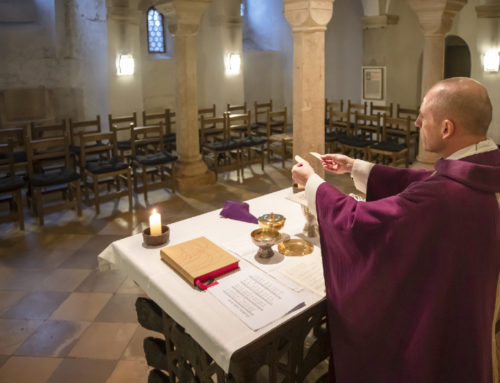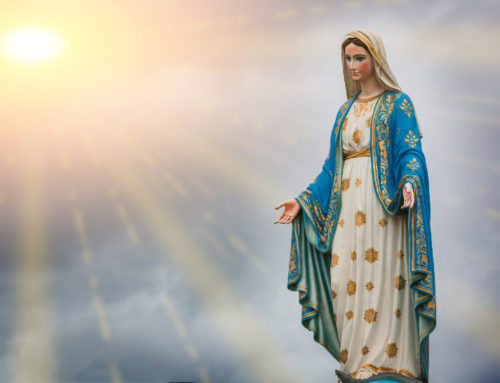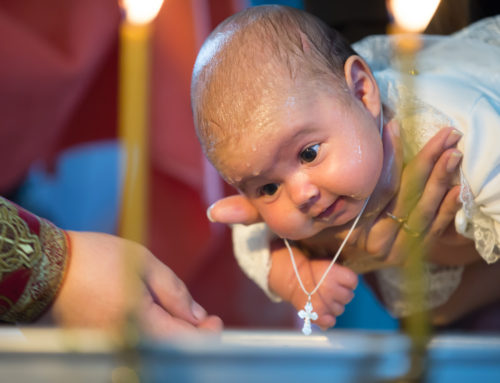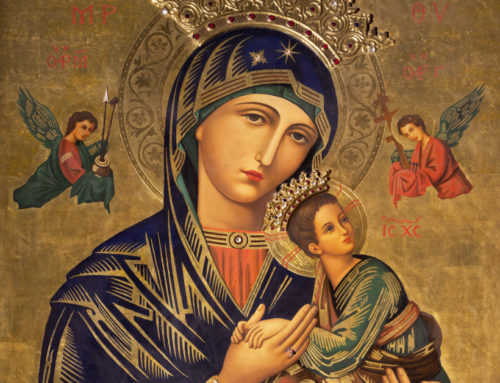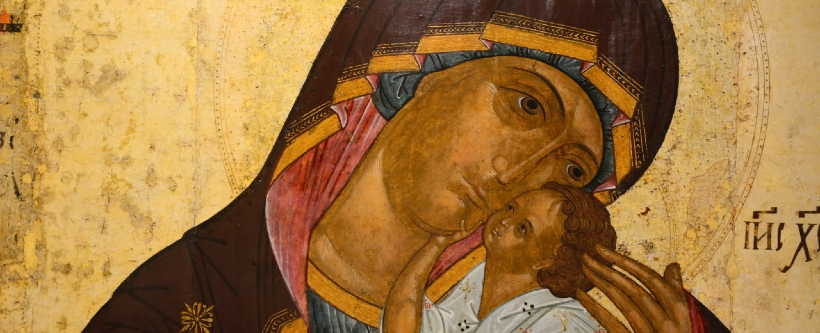
an antique Russian Orthodox icon
Why was the break with the Orthodox Church considered different from that of the Anglican or other churches?
With the split between the Catholics and Orthodox we had a fundamental rupture in the church. The two aspects of East and West were, in many ways, a sort of “checks and balances” that helped the church to remain on an even keel. In a sense, it was the experiential (Orthodox) and the intellectual (Catholic) being separated. Both aspects were (and are) needed. This was not the first such split – there had been many smaller ones prior to this – but it was the first of such a sweeping nature. We must also be careful in attempting to distinguish the West as solely “intellectual” and the East as solely “experiential,” since both aspects are present in the East and in the West.
The Anglican (or, the Church of England) split was, at first, simply a political split. However, it developed into much more. There was a change in emphasis in the role of the priest and the role of the laity that eventually led Pope Leo XIII to declare anglican orders (holy orders) to be invalid. This contrasts with the Orthodox, who have retained valid orders and apostolic succession in the eyes of the Church of Rome.
Perhaps the best way to consider this is that the Anglican split was more akin to the schisms that took place following the major councils, when smaller groups broke from the main body of the church, while the Orthodox-Catholic split was more like an earthquake that split a town in half.
Why did the reunion of Catholic and Orthodox promulgated at the Council of Florence (1439) fail?
The short answer is that it failed because the laity of the Orthodox Church did not agree to the reunion. Unlike the Catholic Church, which functions in a top-down fashion, the Orthodox Church is often driven from the bottom up.
The Orthodox willingly came to Florence with great hope, but little expectation that they would be treated as they felt they should be. During the council, the Patriarch of Constantinople, who was leading the Orthodox representatives, died. A copy of his journal or diary was found near him. In this diary he allegedly wrote that he accepted all that the Roman Catholic Church taught and believed, especially the filioque and papal jurisdiction. Most scholars have since rejected this, claiming that it was contrary to his position as stated a few days before his death, and also that the way in which it was written was inconsistent with Orthodox theology.
Upon the death of the patriarch, Emperor John Paleologos took over the lead role. This was not the first time the emperor had “guided” the Byzantine Church and was not totally unexpected. Eventually, most of the hierarchs signed the agreement, which, in the opinion of many, “sold out” the Orthodox Church. Only Mark of Ephesus (died AD 1452 and later an Orthodox saint) refused to sign. He took an active role in leading the opposition, even to the point of making a deathbed request of his disciple, Gregory, to continue to teach true orthodoxy. The agreement was signed, in large part, because of the threat to Constantinople by the Muslim Turks. The pope had agreed to send troops as well as a Crusade to provide support for the city.
After the Orthodox delegation returned to their homes, the laity began to look at the agreement that had been placed before them. This agreement admitted that the Latins could continue to use the filioque but also insisted on papal primacy. Because of this, it was rejected by the people and, in response to this, by the patriarch Gennadios (George Scholarios), who was the disciple of Mark of Ephesus and became the patriarch following the fall of Constantinople.
Excerpt from Faulk, Edward. 101 Questions and Answers on Eastern Catholic Churches. (Paulist Press: Mahwah, NJ) 2007.

